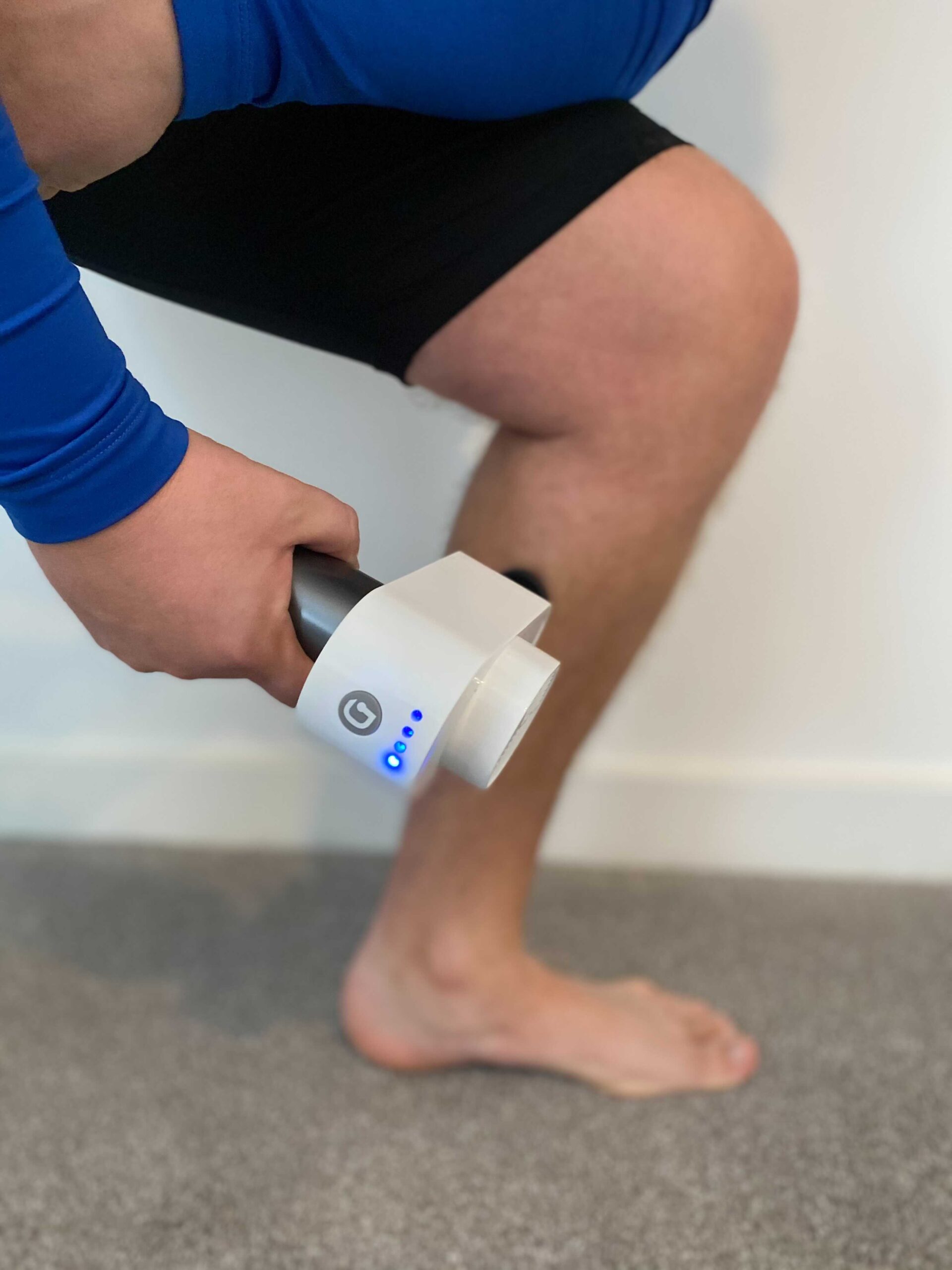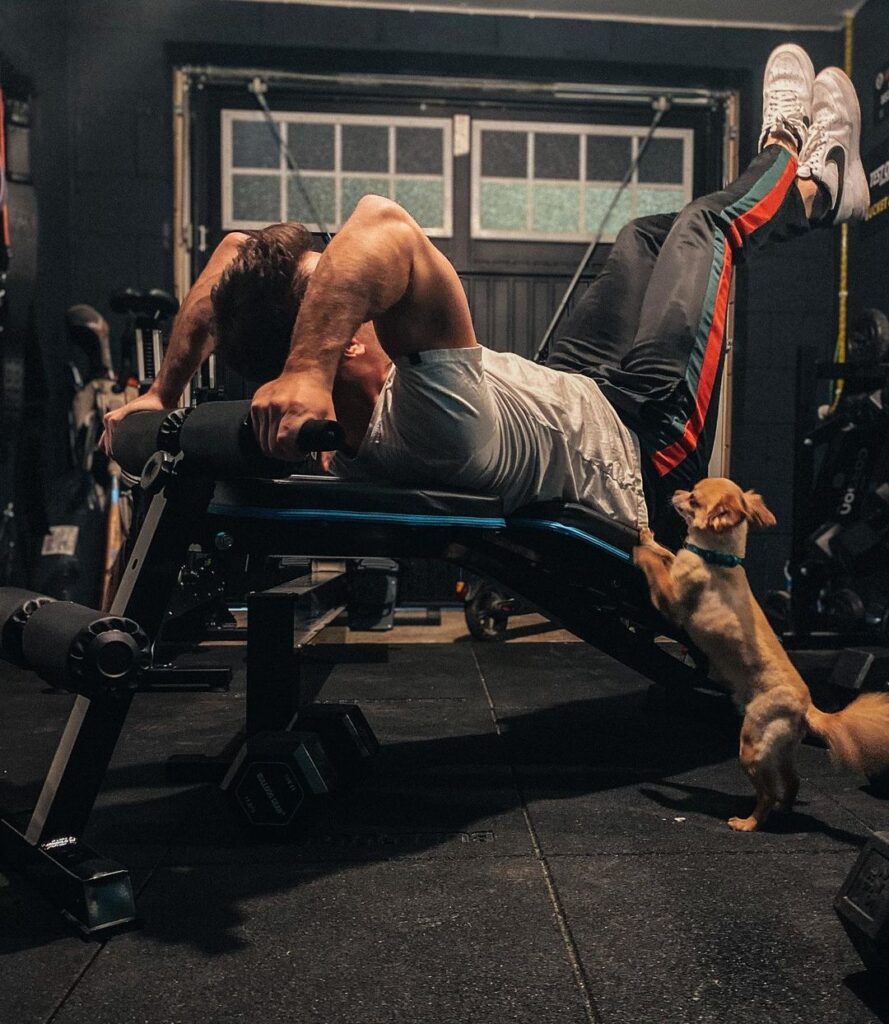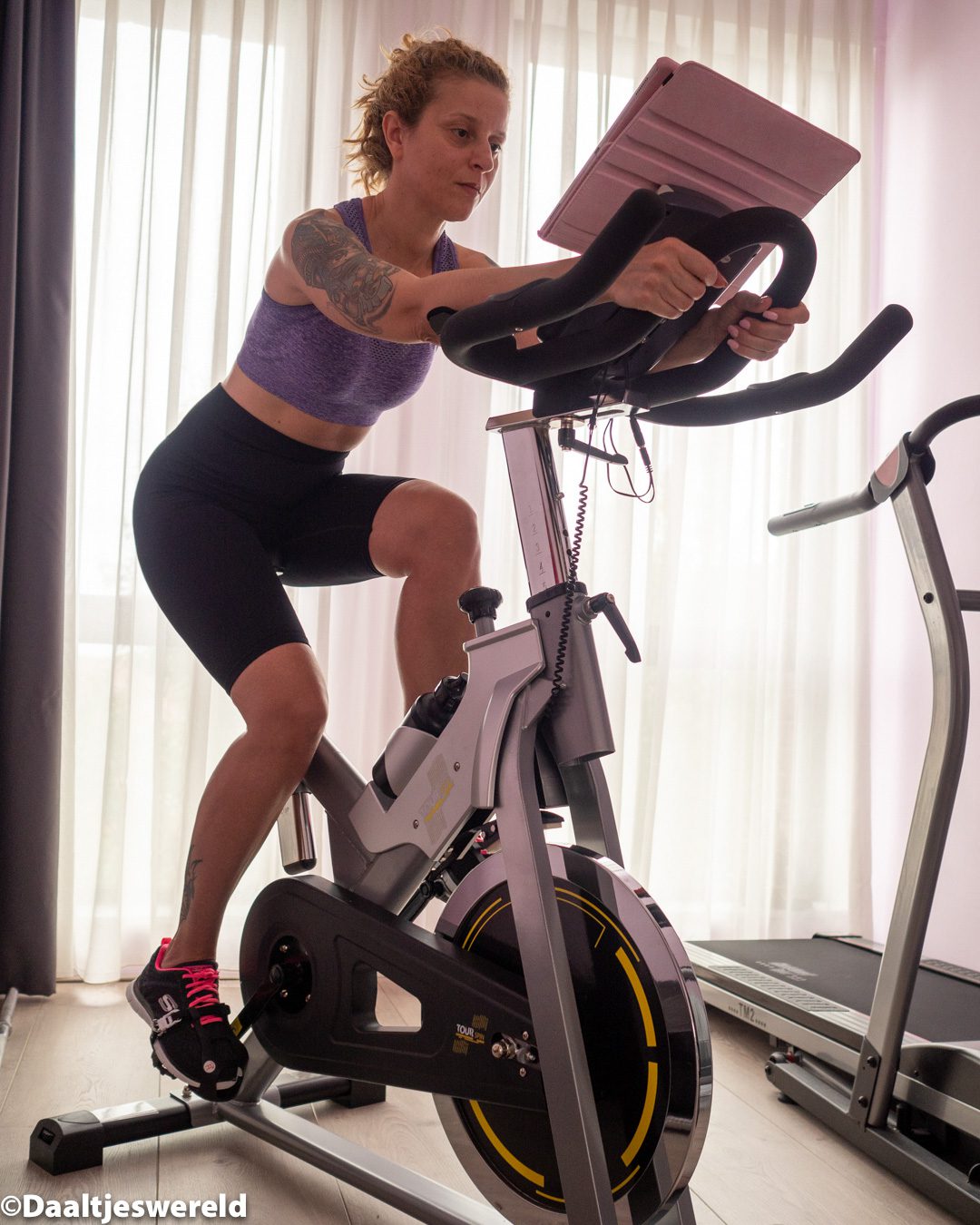Fitness
Exercises to calm anxiety
Given the recent events of the last few years, it’s no wonder that more of us are feeling anxious lately.
According to a report by the Queensland Centre for Mental Health Research, Australia, rates of anxiety and depression rose globally by 26% in 2020 (that’s an extra 76 million of us) with women and young people disproportionally affected. Despite older populations being adversely affected by Covid illness, the burden of ill mental health is being suffered largely by younger people. We all know the saying ‘healthy body, healthy mind’, but can exercise help calm anxiety?
Regular exercise releases endorphins and serotonin, those natural feel-good chemicals in the brain. It also helps as a distraction technique to divert attention away from whatever is bothering us, if only for a short time. Exercise can also help to release the tension that we carry around in our muscles without even being aware of it. Just thirty minutes of physical activity, three or four times a week can be all we need for it to have a positive effect on our mental health.
Here, we list a few different types of calming exercises you can do for anxiety – some of them may just surprise you!


Running
Keeping active is a great way to improve your mental health. Running regularly can give you more energy and increase your general feeling of happiness and wellbeing. But what is it about running that makes us feel so good?
When you run, blood circulation boosts the part of your brain controlling mood. It releases more of a substance called norepinephrine which lowers your stress response. Finding it hard to sleep at night? Going running five or six hours before bedtime can help. The brain chemicals released after running encourage wind-down and relaxation, while the drop in core body temperature after sweating it out signals to the body that it’s now time for sleep. Regular deep sleep is important for good brain function and for managing stress, anxiety, and depression.
While running in the great outdoors is preferable for some, others might find this stressful and make them feel anxious. A treadmill is a good solution in that you can run in the privacy of your own home. It also gives you the option of keeping up with your daily routine, even when the weather isn’t so great.
Cycling
Like running, cycling is another cardiovascular workout and a great way to get those endorphins pumping. Again, indoor exercise bikes are fantastic for staying focused on days when it might not be practical to get outdoors with your bike. With features like Kinoapp, you can still stay connected to the outside world by joining the online community, so you need never feel shut away if you choose to exercise indoors.
Strength training
The purpose of strength training is to push the body to adapt to a number of different stimuli in quick succession. This can help build muscle strength and improve stamina and endurance.
Strength training can include weights but also resistance movements, such as those done on a rowing machine.
It might seem like a strange addition to add to a list of ‘calming’ exercises, but hear us out!
This type of training is high on variety and so relies on having a structured workout plan – great for anyone who is feeling anxious and wants to exert more control over their lifestyle. Having a fixed routine can be extremely calming and reassuring in these circumstances. We also can’t think of a better way to let off some steam at the end of a hard day!
Strength training is also said to improve mood and self-esteem, while helping to regulate sleep patterns. All of which in turn help to keep feelings of stress, anxiety, and depression under control in the long term.
Yoga, Meditation and Massage Therapy
Of course after all that hard work, you might want to just rest and unwind. It’s equally important to have some downtime each day to focus on yourself. That’s where breathing exercises, yoga and meditation come in. All of which increase a sense of mindfulness, the concept of letting go and focusing only on the present moment. It can help to lower heart rate and blood pressure and ease any feelings of stress or anxiety. You can join a class or even follow an online video or podcast if you prefer to practice in solitude.
Massage therapy is another fantastic way to relax and soothe any post-workout muscle soreness. There are a number of products to try, from massage guns to foot massagers, it’s just a case of finding what works for you and taking time out of your day to devote to it. You deserve it after all!
We hope you find these recommendations useful and that you can find an exercise routine to suit your needs and lifestyle. Of course, if any exercise starts to exacerbate symptoms, our advice is to stop and speak to a healthcare professional.




